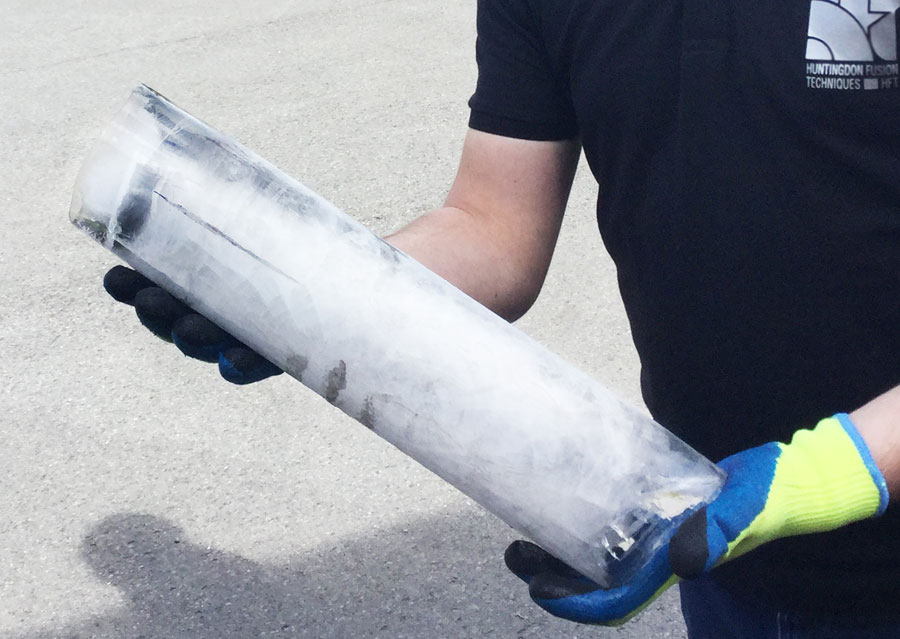
Qwik-Freezer™ Pipe Freezing Equipment uses liquid carbon dioxide (CO2) to freeze stationary water in any chosen sections of pipe or tubing.
Here are our Frequently Asked Questions….
What condition does the pipe and water inside have to be in?
Ensure there is no flow of water through the pipe. The outside surface of the pipe must be clean of foreign matter. Water should be at 20ºC (68ºF) or colder. Always freeze on a horizontal line whenever possible. If attempting a vertical freeze, the water must be below 20ºC (68ºF). Additional injections and waiting time may also be necessary.
A vertical pipe may take up to twice as long as a horizontal line and the CO2 consumption will be double. Do not attempt to freeze close to a main line that has flowing water as the turbulence can prevent formation of the ice plug.
Will I need ventilation whilst freezing?
CO2 is heavier than air and will collect in confined and low-lying work areas. To prevent the danger of asphyxiation, make sure there is always good ventilation. Ventilation fans must be used in confined and low-lying spaces.
Do I need to wear safety clothing?
Gloves and safety glasses should be worn at all times when operating Qwik-Freezer™ equipment. Do not handle dry ice as frostbite could result.
Can I freeze on a weld?
Welds can be affected by the thermal cycle during freezing. Our advice is to inspect for defects before and after the freeze operation.
What kind of pipes can Qwik-Freezer™ be used on?
Qwik-Freezer™ can be used on any metal pipes. It is applicable to plastic pipes, but freezing will take longer.
How much water pressure will an ice plug hold?
Ice plugs have passed pressure tests up to 34.47 MPa (5000 psi). HFT® conservatively rates them to 10.34 MPa (1500 psi).
What about bursting or fracturing pipes?
Pipe fractures are not caused by the ice plug or the freezing process. They are caused by a failure to allow enough space between the ice plug and closed connections. This is due to the increase in pressure that is caused by water that is displaced by the ice plug as it grows that can create a ‘hydraulic ram’ if enough space is not allowed.